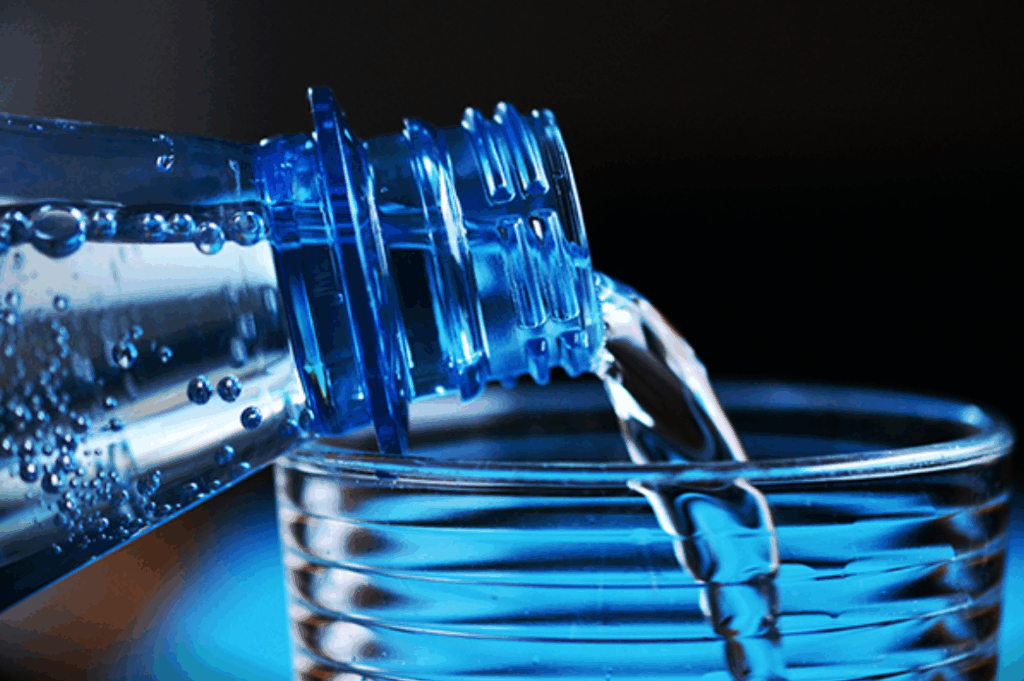To stay hydrated in summer heat, calculate your sweat rate (1 lb lost = 16 oz fluid needed) and pre-hydrate with 16-20 oz of fluid 2-3 hours before exercise. During workouts, drink 7-10 oz every 10-20 minutes and include electrolytes for sessions over an hour. Don’t wait until you’re thirsty, and monitor your urine color for pale yellow. Post-workout, consume 16-24 oz per pound lost.
These personalized strategies will keep your performance from evaporating.
Understand Your Personal Sweat Rate and Fluid Needs
Why do some athletes need considerably more water than others during the same workout? It comes down to your unique sweat rate, which is a highly individual factor influenced by genetics, fitness level, body size, and acclimatization to heat.
Calculate your sweat rate by weighing yourself before and after a one-hour workout. Each pound lost represents about 16 ounces of fluid that needs replacement to maintain proper fluid balance. Some athletes lose over 2 liters per hour, while others may lose half that amount.
Your sodium concentration matters, too. If your clothes show white salt stains after workouts, you’re likely a “salty sweater” who needs more electrolyte replacement. Tracking your sweat loss helps you develop a personalized hydration strategy that works specifically for your body.

Pre-Hydration Strategies for Peak Performance
While many athletes focus on drinking during exercise, properly hydrating before you even begin training creates the foundation for peak performance. Start by consuming 16-20 ounces of fluid about 2-3 hours before your workout, followed by another 8 ounces 15-30 minutes before starting. It gives your body time to absorb and distribute the fluids effectively.
Incorporate electrolytes into your pre-training routine by adding a pinch of salt to your water or choosing a sports drink with sodium and potassium. For morning workouts, place a water bottle by your bed to drink immediately upon waking. Your urine should be pale yellow. It is a reliable indicator that you’re properly hydrated before hitting the summer heat.

Electrolyte Replacement Beyond Just Water
When training in intense heat, water alone simply won’t sustain your performance. Your body loses critical minerals through sweat that need replacement to maintain muscle function and prevent cramping. Electrolyte-rich fluids help restore sodium, potassium, and magnesium levels that plain water can’t provide.
Choose sports drinks for workouts lasting over an hour, or try natural alternatives like coconut water. For ideal fluid replacement, aim to consume 16-20 ounces of electrolyte solution per pound of weight lost during exercise. Don’t wait until you’re thirsty. By then, you’re already dehydrated. A good strategy is alternating between water and electrolyte drinks throughout your training session, especially when temperatures climb above 80°F.

Timing Your Fluid Intake During Training and Competition
How you schedule your hydration can be just as essential as what you drink. Your body needs consistent fluid replenishment to perform at its best, especially in summer heat. Begin hydration strategies by consuming 16-20 ounces of water 2-3 hours before exercise, followed by another 8 ounces 20-30 minutes pre-workout.
During activity, aim for 7-10 ounces every 10-20 minutes rather than waiting until you feel thirsty. For sessions lasting over an hour, incorporate electrolyte drinks alongside your water intake to replace what’s lost through sweat.
Replenishing What’s Lost After Exercise
The key to athletic rehabilitation is proper recovery hydration. You need more than water to get you back. You need strategic rehydration for what you lost to sweat.
For every pound of body weight lost during exercise, drink 16-24 ounces of fluid. Get beverages that replace electrolytes and increase fluid absorption – choose beverages that contain sodium and potassium for best recovery. Protein, carbohydrates, and fluids in chocolate milk help muscle repair while rehydrating.
Start rehydrating 30 minutes post-workout when your body is most receptive to restocking glycogen stores and restoring fluid balance. The recovery habits you use today affect your next-day performance.
Frequently Asked Questions
Can Certain Medications Affect Hydration Needs During Summer Training?
Yes, many medications like diuretics, antihistamines, and blood pressure drugs can increase your dehydration risk. Boost your fluid intake when taking these medications during summer training sessions.
How Does Altitude Change Hydration Requirements for Athletes?
At higher altitudes, you’ll dehydrate faster due to increased respiration and lower humidity. You’ll need to drink 20-30% more fluids and monitor your urine color more frequently when training at elevation.
Are There Hydration Differences for Morning Versus Evening Workouts?
Yes, you’ll need more hydration for morning workouts when you’re naturally dehydrated after sleeping. Evening sessions require pre-hydration throughout the day, but you won’t need to catch up from overnight fluid loss.
Do Older Athletes Have Different Hydration Needs Than Younger Competitors?
Yes, you’ll need more hydration as an older athlete due to decreased thirst sensation, reduced kidney function, and lower body water content. Start hydrating earlier and monitor your fluid intake more closely.
Should Hydration Strategies Change for Indoor Versus Outdoor Training?
Yes, they should. You’ll need less fluid indoors due to cooler temperatures and lower sweat rates. Still maintain regular drinking intervals, but you won’t require the same volume as outdoor training sessions.





